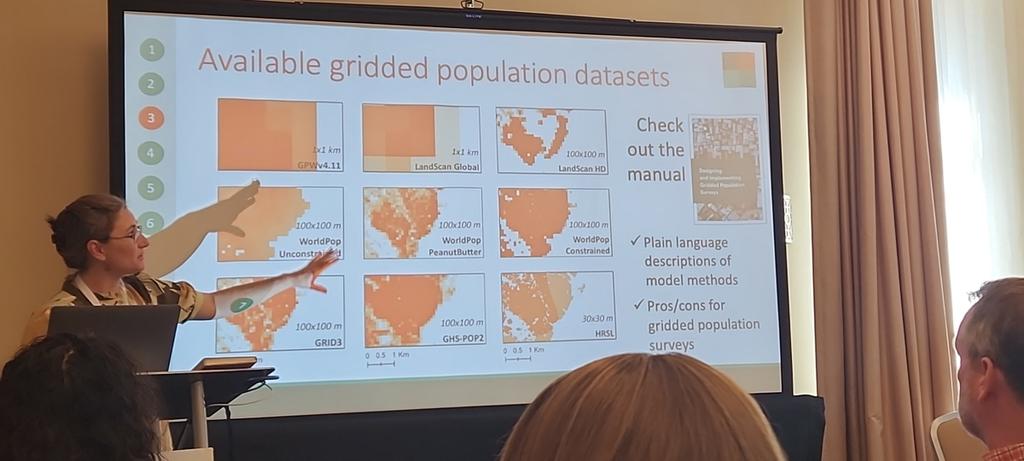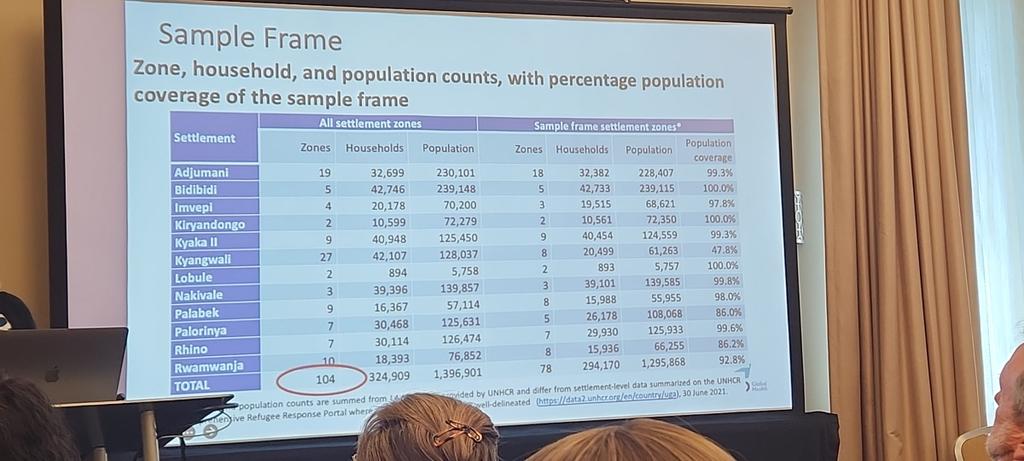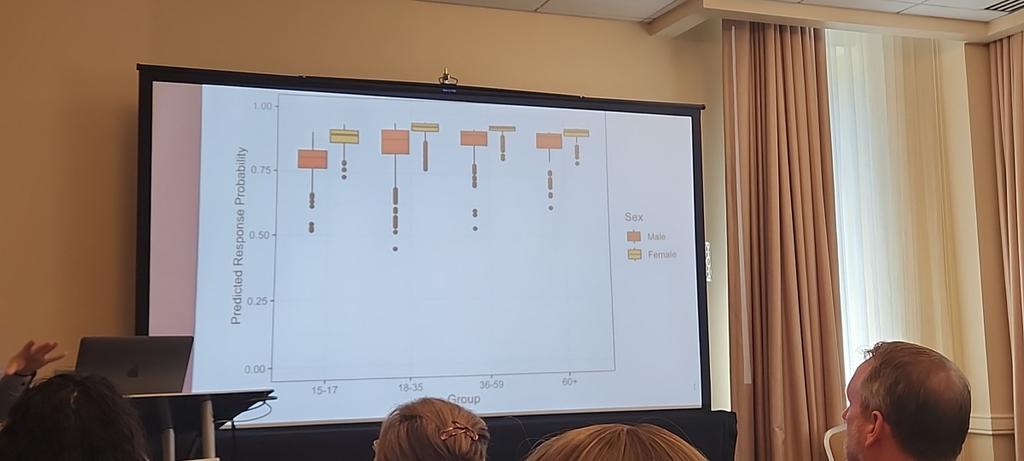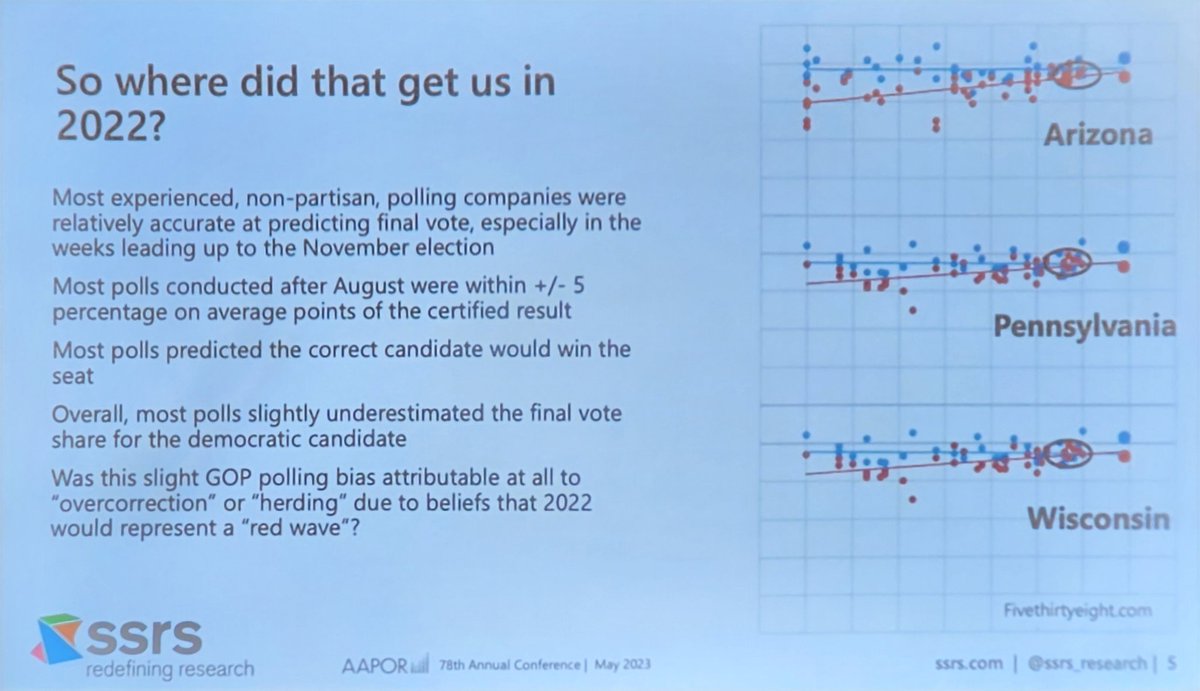Live tweeting the "Gridded Population Surveys" at #AAPOR
One of the gridded population that should not be used for sampling, a couple should be used with cautious 
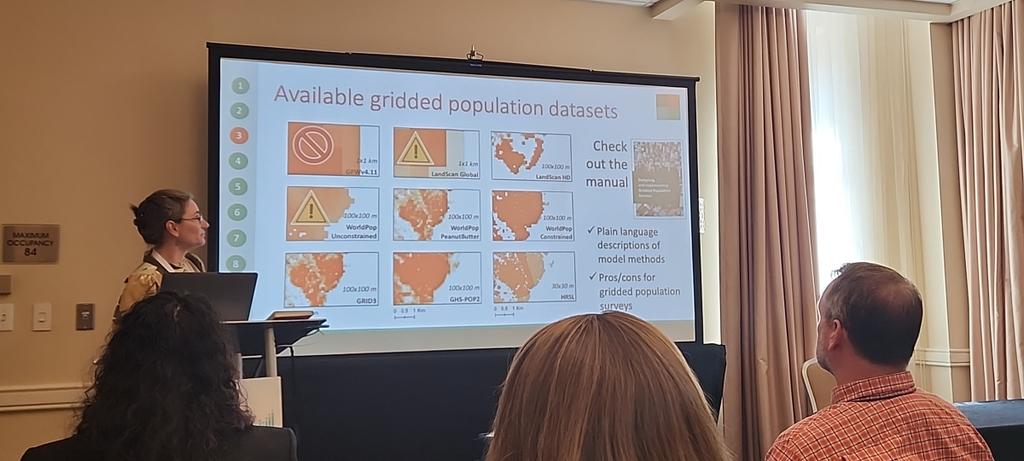
When NOT to use gridded population:
* Recent Census
* Population in small geography
* Data collection operational team doesn't have experience with basic mapping tools such as Google Maps
* Recent Census
* Population in small geography
* Data collection operational team doesn't have experience with basic mapping tools such as Google Maps
When to use gridded population sampling:
*Census grossly outdated or inaccurate
* Dangerous area
*Highly dynamic and complex
*Stratify by geo characteristics
*Census grossly outdated or inaccurate
* Dangerous area
*Highly dynamic and complex
*Stratify by geo characteristics
Sample frame tools:
For Non-GIS users: GridSample, R (GridEZ)
GIS users: QGIS (PreEA)
For Non-GIS users: GridSample, R (GridEZ)
GIS users: QGIS (PreEA)
State of the field:
* Tools for designing and implementing are still piecemeal, we need better tools
* Gridded population datasets, the most important component of this approach, are evolving and improving rapidly
* Area-microcensus designs are promising but need study
* Tools for designing and implementing are still piecemeal, we need better tools
* Gridded population datasets, the most important component of this approach, are evolving and improving rapidly
* Area-microcensus designs are promising but need study
Manual for designing and implementing gridded population surveys: gridpopsurvey.com
Next is Yuliya Dudaronak and Stephanie Landas (ORB International) talking about Practical Implications of Using Grid Sample in Conflict and Desert Environments 
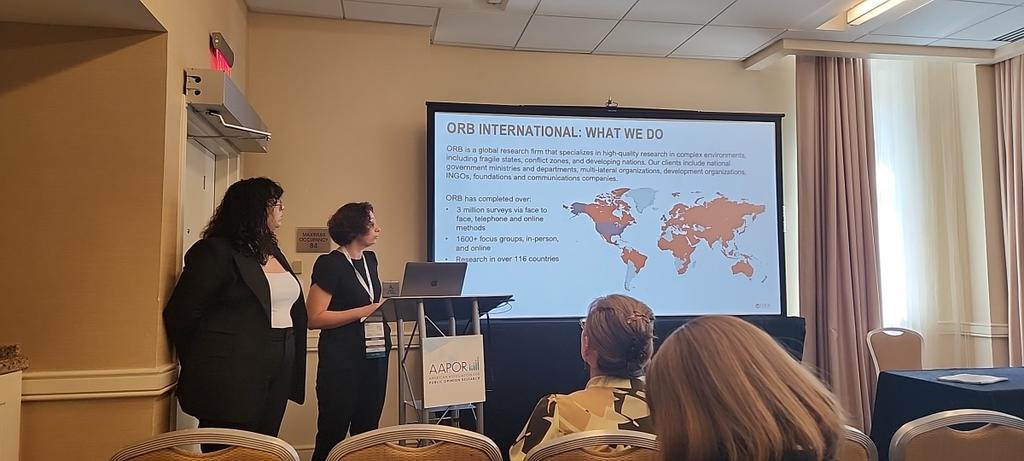
Biggest issues in implementing gridded sampling compared to using Census Enumeration Areas: more difficult to identify grids (it's a alpha-numeric values, sometimes in the middle of nowhere)
Challenges in implementing gridded population sampling in some countries
* Varying levels of security
* Poor infrastructure
* Poor telephone coverage
* Socialcultural differences
* Varying levels of security
* Poor infrastructure
* Poor telephone coverage
* Socialcultural differences
Next is Sarah Ford (US Department of State) presenting In Search of City Limits: Defining Urban Boundaries in Gridded Population Sampling 

Defining urban boundaries with gridded population data is challenging
Not typically available in GIS format
Not typically available in GIS format
Next is Shannon Farley (Columbia) talking about Sampling Refugees in Uganda without a Census or Shapefile 

Uganda hosts the 3rd largest population of refugees in the world, the 1st in Africa
Uganda Refugee Population-based HIV Impact Assessment (RUPHIA 2021)
Mylti-stage sample design
40 Enumeration area
Target pop: refugees 15 years and older
Assumed a HIV prevalence of 3% for sample design
Determined minimum number of HIV-positive respondents
MoE 1%
Mylti-stage sample design
40 Enumeration area
Target pop: refugees 15 years and older
Assumed a HIV prevalence of 3% for sample design
Determined minimum number of HIV-positive respondents
MoE 1%

Gridded population sampling
Used grids (100m x 100m), combined or not, as PSUs
Used grids (100m x 100m), combined or not, as PSUs
Used WorldPop peanutButter (apps.worldpop.org/peanutButter) and the used gridzEZ in R to generate 2,636 gridEZ units of 100m x 100m grid cells
Issues in the field:
1 EA outside settlement boundaries
1 EA full of Uganda nationals
1 EA outside settlement boundaries
1 EA full of Uganda nationals
Next and final speaker is Giles Reid (Columbia) presenting Weighting Survey Data from a Gridded Population Survey: The Uganda Refugee Population-Based HIV Impact Assessment 

This presentation discusses the weighting of the 2021 RUPHIA project from the previous presentation
Challenge 1: out-of-scope areas selected
Select a new EZ and adjust for the selection probability
Select a new EZ and adjust for the selection probability
Challenge 3: Non-response adjustment using BART, because the sample size did not allow to use a CHAID, the standard method used by the team
@threadreaderapp compile unroll thread
• • •
Missing some Tweet in this thread? You can try to
force a refresh

 Read on Twitter
Read on Twitter

